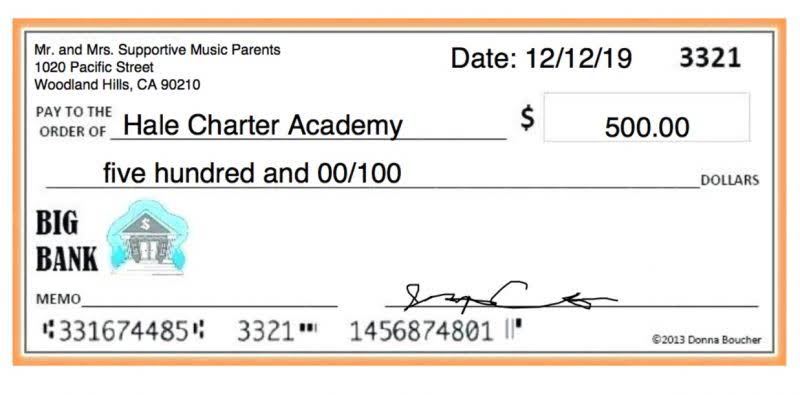
In the journal entry, the $2,290 payment goes on the right (credit) side of the account because Cash is decreasing. In the journal entry, the $18,300 receipt of cash goes on the left (debit) side of the account because Cash is increasing. Learning how to do Journal Entries is at the core of learning accounting.

Step 3: Determine the amount increased or decreased for each account.
These involve the trading of goods and services with money. Therefore, it can be said that any transaction that is entered into by two persons or two organizations with one buying and the other one selling is considered an external transaction. To make their recording transactions in a journal thingamajigs Jane purchased $4000 in thingamajig materials on credit for cost of goods. Motivating yourself to study is important but not every day. You need to be disciplined otherwise whenever your motivation will come down, you won’t be having the urge to study.
- These tests can include scenarios where candidates have to record various types of transactions accurately.
- CFI is the global institution behind the financial modeling and valuation analyst FMVA® Designation.
- In the Salaries Expense account, the $7,300 deposit goes on the left (debit) side of the account because the expense is increasing.
- In the journal entry, the $30,800 record of what is due to the company goes on the left (debit) side of the account because Accounts Receivable is increasing.
- Proper categorization is crucial for the accurate representation of financial statements and for subsequent financial analysis.
- The length of each cycle depends on how often a company chooses to analyze its performance or is required to lay out its accounts.
Advance Payment Accounting and Financial Impacts

Our job now is to determine what the balance SHOULD BE in our asset account. We want to make sure we are accurately accounting for what we have (asset) and what we used (expense). Always refer to the company’s Chart of Accounts for the official name of the expense accounts. In accounting, the name must always match exactly for accuracy and clarity. For example, Supplies and Supplies Expense are two different accounts. “Insurance” could be Prepaid Insurance or Insurance Expense.

What is a Journal Entry in Accounting?
- A clear understanding of these processes ensures compliance with regulatory standards and supports strategic planning and performance evaluation.
- A Journal Entry is a method of recording increases and decreases to accounts.
- The business now owes that investment back to the business owner.
- In the journal entry, the $2,290 payment goes on the right (credit) side of the account because Cash is decreasing.
- This involves ensuring that the transactions have been recorded correctly in the appropriate accounts and for the correct amounts.
- The double-entry bookkeeping system is the standard practice of accounting all around the world.
- The first element is self-explanatory for most small businesses—it’s the date that the transaction being recorded by the journal entry took place.
Ensure accuracy, compliance, and sound financial management by hiring the best professionals for your team. Recording transactions helps businesses create budgets and financial forecasts. By analyzing past income and expenses, companies can project future financial performance. This information assists in setting realistic financial goals and making data-driven decisions.
Integration of AI/ML for Personalized Financial Services

When an accounting transaction occurs, it can be recorded in the books of an organization in a number of ways. The following comments note the most common methods available. These recordation methods all create entries in the general ledger, or else in a subsidiary ledger that then rolls into the general ledger. From there, the transactions are aggregated into the financial statements. Of course, not all goods or services are provided in a day. Often, an assignment or service can stretch over weeks or months.
The cycle is complete, and it’s time to begin the process again, starting with step one. If the debts and credits on the trial balance don’t match, the person keeping the books must get to the bottom of the error and adjust accordingly. Even if the trial balance is balanced, there still may be errors, such as missing transactions or those Bookkeeping for Consultants classified incorrectly. The first element is self-explanatory for most small businesses—it’s the date that the transaction being recorded by the journal entry took place. Joe Smith, Drawing is a sub-account of the Joe Smith, Capital account. In this case, we want to reduce equity so we debit the account.
Next Section: Lesson 4Posting to the Accounting Ledger
- Now that we have the basics, let’s go step-by-step through the accounting cycle of double entry journal entries.
- Discover the key principles and practical steps to ensure precise financial transaction recording for effective business management.
- Here are a couple of effective ways to evaluate these skills, including using Alooba’s platform.
- Understanding a business’s financial position is essential for informed decision-making.
- This can be a good time to reflect and compare the firm’s performance with other periods and peers.
- Ready to find the right talent for your bookkeeping needs?
This means that a company records revenue when it has provided goods or services to a customer, not necessarily when payment is made. A bookkeeper is responsible for maintaining accurate and up-to-date financial records. This role involves recording transactions, reconciling accounts, and preparing financial statements. A proficient bookkeeper is essential for ensuring the financial health of a business. Adjustments are made normal balance to refine account balances for accurate period-end values.
They are deferred cash transactions because payment is promised and completed at a future date. Companies often extend credit terms for payment, such as 30 days, 60 days, or 90 days, depending on the product or service being sold or industry norms. In this case, the date of the journal entry would be the date of the invoice, July 1. Now, our business owner wants to withdraw some cash from the business for personal use. When this happens, the business owner’s equity is decreasing. In Transaction 5, we are now going to pay part of this bill.






